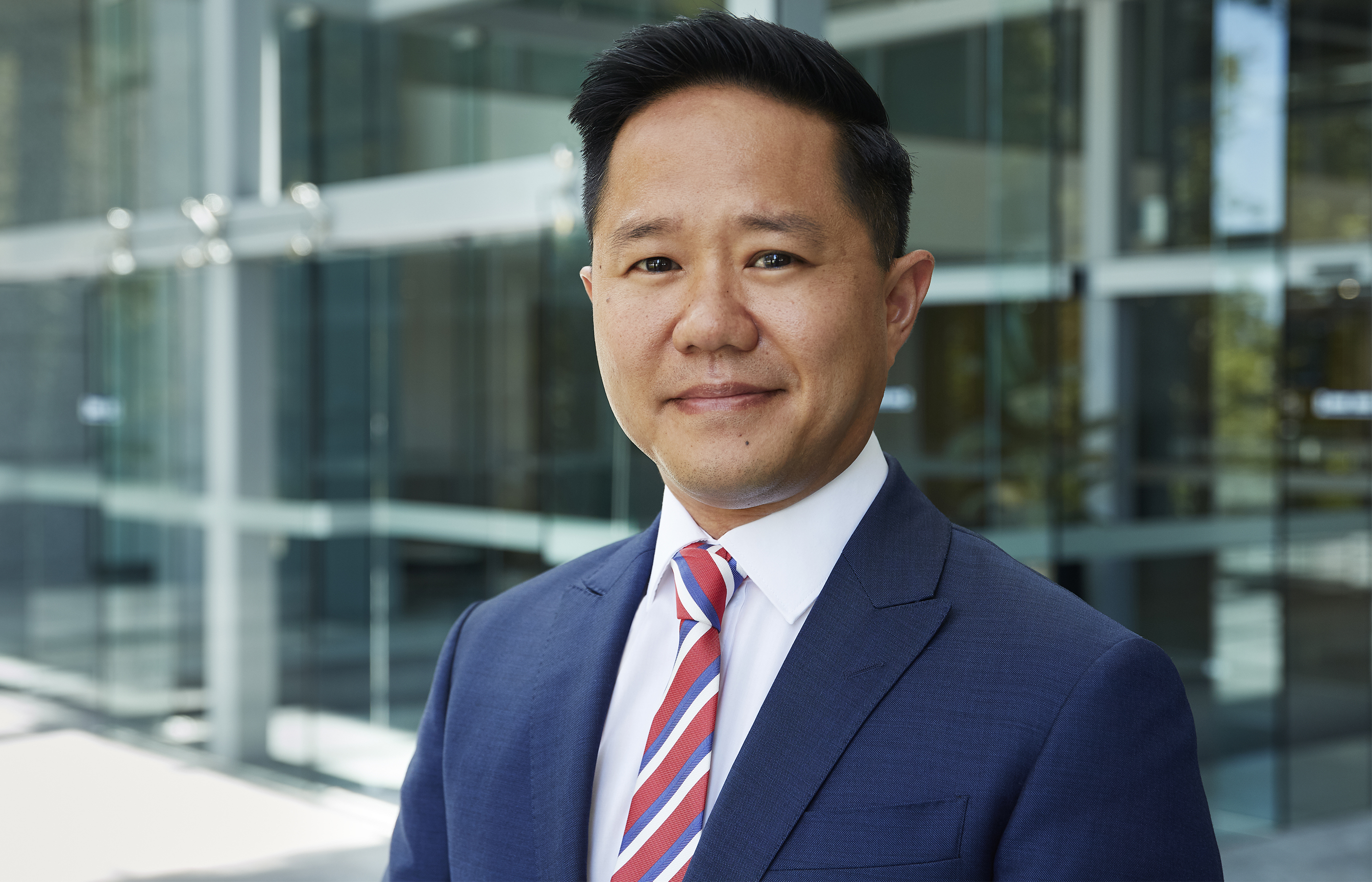It is not uncommon for liquidators of trustee companies to require directions and orders from the Court in relation to dealings with trust assets. Specific issues arise where the trustee is the trustee of a superannuation fund.
The recent decision of Deputy Commissioner of Taxation, Re The Mai Family Pty Ltd (in liq) v The Mai Family Pty Ltd (in liq) [2019] FCA 865 (DCT v Mai) concerned an application by the liquidator of a trustee company. The liquidator applied for:
- Directions as to whether it would be appropriate for the trustee company (Trustee) to resign from its position as trustee of a superannuation fund (Superannuation Fund), taking into account the fact that the Trustee was disqualified from being a trustee under the Superannuation Industry (Supervision) Act 1993 (Cth) (SIS Act).
- An order that the liquidator be appointed as receiver and manager of the property of the Superannuation Fund.
- An order that the liquidator (as receiver and manager) have certain listed powers, which generally comprised powers necessary to get in and realise the property of the Superannuation Fund.
Background
The Superannuation Fund was a self-managed superannuation fund. The Trustee’s only function was to serve as trustee of the Superannuation Fund.
On 24 October 2018, the court ordered the winding up and appointment of liquidators to the Trustee.
The Trustee held funds in two bank accounts, which amounts were not sufficient to satisfy the creditors of the Trustee in full.
Insolvent trustees and the SIS Act
The SIS Act deals with the ability of corporate trustees to serve as trustees of superannuation funds. The relevant sections of the SIS Act, s 120(2)(e) and 126K(1)(c), provide that a body corporate is a disqualified person if they have begun to be wound up and that a disqualified person commits an offence if they are or “act as a trustee … of a superannuation entity”.
The Court cited1 the the following observation by Brereton J in Re Stansford DIY Wealth Pty Ltd (in liq) [2014] NSWSC 1484 (Stansford):
By operation of [the SIS Act], s 120(2)(e), upon the commencement of the winding up the [trustee] became a disqualified person for the purposes of that legislation and thereafter commits an offence under s 126K if it is or acts as trustee of a superannuation entity. However, nothing in the [SIS Act] provides that upon becoming a disqualified person a trustee thereupon ceases to be trustee.2
The difficulties confronting the liquidator in the present case included that:
- The SIS Act does not provide that upon becoming a disqualified person, the Trustee ceased to be the trustee of the Superannuation Fund.
- If the Trustee were to take any action as trustee of the Superannuation Fund it would potentially commit an offence, to which the liquidator would potentially be liable as an accessory.
- The rules of the Superannuation Fund in this case provided there must be a trustee of the Superannuation Fund “at all times”, which was problematic in circumstances where it was unlikely anyone would step in to replace the Trustee.
In the circumstances, the Court gave a direction that it would be appropriate for the Trustee to resign from its position as trustee of the Superannuation Fund.
Dealing with the assets
The Trustee’s sole function was to perform the role as trustee of the Superannuation Fund. The Trustee had a right to be indemnified for it debts and liabilities incurred as trustee out of the assets of the Superannuation Fund.
However, the assets of the Superannuation Fund did not form part of the “property” of the insolvent company. A particular difficulty in this context is that the Trustee could not deal with Superannuation Fund assets by virtue of the prohibition in s126K of the SIS Act referred to above.
In the circumstances, the Court appointed the liquidator as receiver and manager of the property of the Superannuation Fund and made related orders sought by the liquidator. In so doing, the Court cited the following passage from Brereton J’s decision in Stansford:
In such circumstances, the appropriate course for a liquidator is to seek appointment as a receiver of the trust assets, by way of enforcement of the (former) trustee’s right of indemnity, pursuant to which he could realize trust assets, and apply the proceeds to discharge the liabilities of the company (all of which were incurred in the capacity of trusts), and recover the costs of the receivership and, because the company’s sole function was to act as trustee of the super fund, the general costs of liquidation.3
Lavan Comment
It is now well established that the Court will assist liquidators of insolvent trustees by providing directions and making orders to resolve difficulties such as those confronted by the liquidator in this case. The resolution is relatively straightforward in cases where an insolvent trustee has only one function, to serve as trustee of one superannuation fund.
Disclaimer – the information contained in this publication does not constitute legal advice and should not be relied upon as such. You should seek legal advice in relation to any particular matter you may have before relying or acting on this information. The Lavan team are here to assist.


